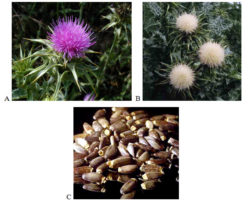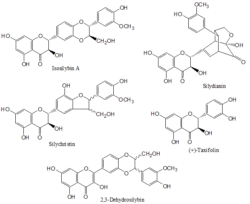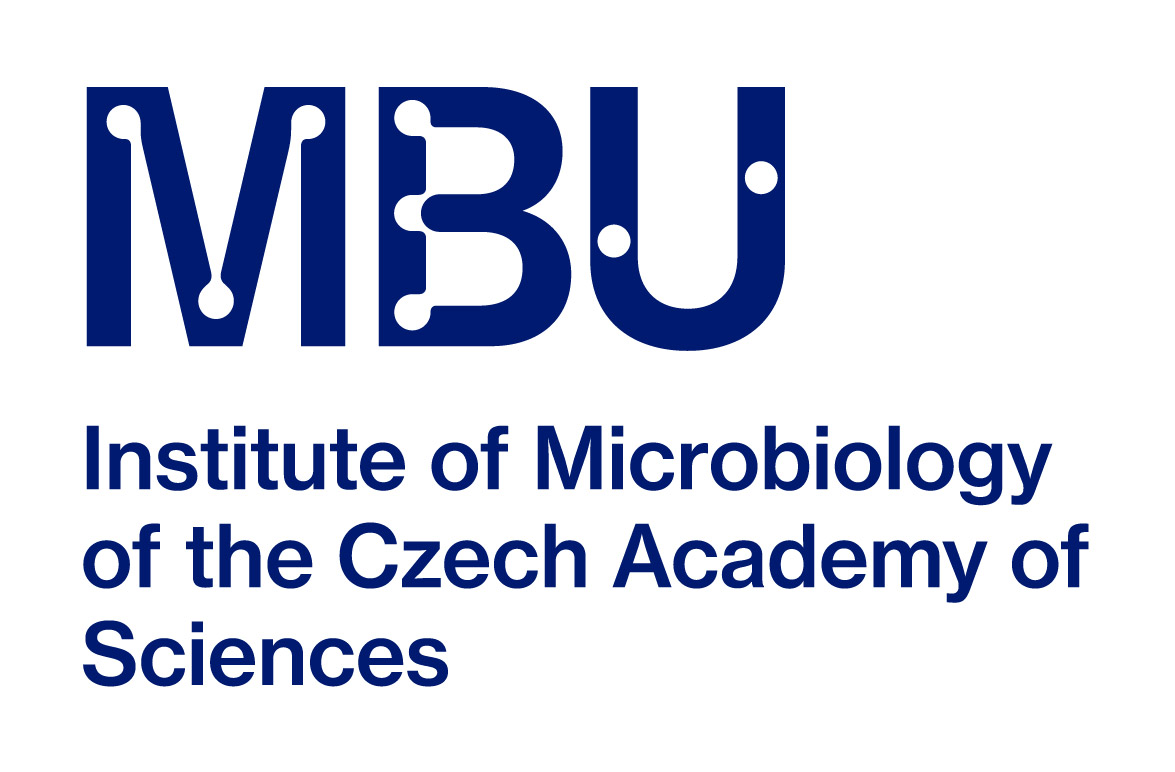Silybin (1, Scheme 1) is a flavonolignan present among other components in the silymarin mixture, extracted from the seeds of milk thistle (Silybum marianum – Figure 1). Silymarin also contains its congeners, e.g., isosilybin, silychristin, silydianin, 2,3-dehydrosilybin, and taxifolin and ca 30 % of an undefined polymeric phenolic fraction (Scheme 2, Gažák 2007).
Scheme 1. Silybin diastereoisomers

Figure 1. (L.) Gaertn.

A. Milk thistle (S. marianum), common violet bloomed variety
B. Milk thistle (S. marianum), white variety
C. Fruits of the Milk thistle
Milk thistle has been recognized since ancient times for the treatment of various liver and gastrointestinal diseases including those associated with alcohol abuse and environmental toxin exposure (Flora 1998). These effects are directly related to its well-known antioxidant (radical scavenging) activities (Gažák 2007, Křen 2005).
Other beneficial effects of silybin/silymarin include as well as hypocholesterolemic, cardioprotective, and neuroprotective effects (Trouillas 2008, Agarwal 2006). For example, silybin is in the US trials for the treatment of prostate adenocarcinoma (Singh 2006). Silybin activities are linked to numerous effects at the cellular and molecular level, such as, modulation of drug transporters (P-glycoprotein, Džubák 2006), and a specific action on DNA-expression via the (NF-κB) [].
Scheme 2. Silybin congeners contained in silymarin



 Doc.RNDr. Pavla Bojarová, Ph.D.
Doc.RNDr. Pavla Bojarová, Ph.D.